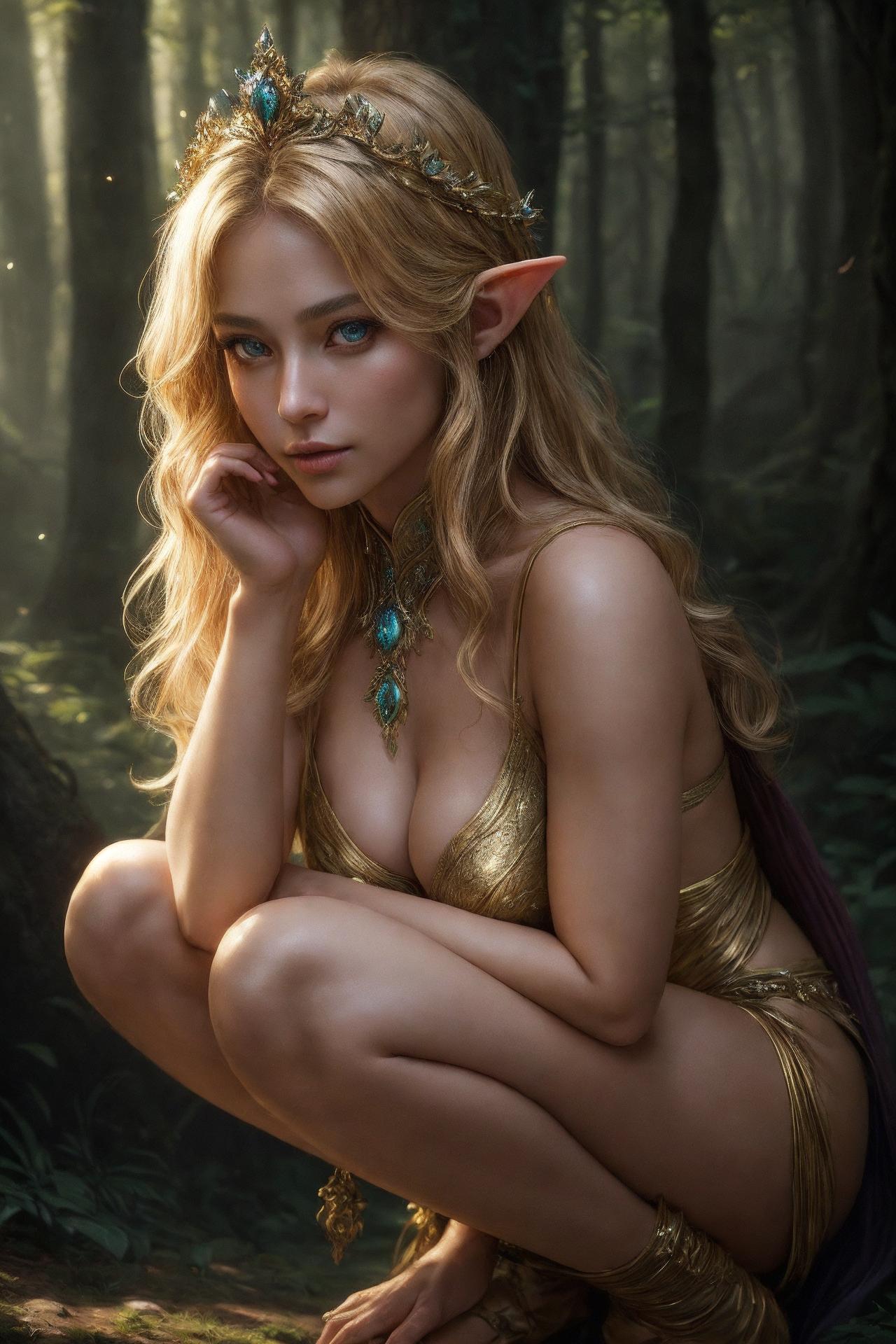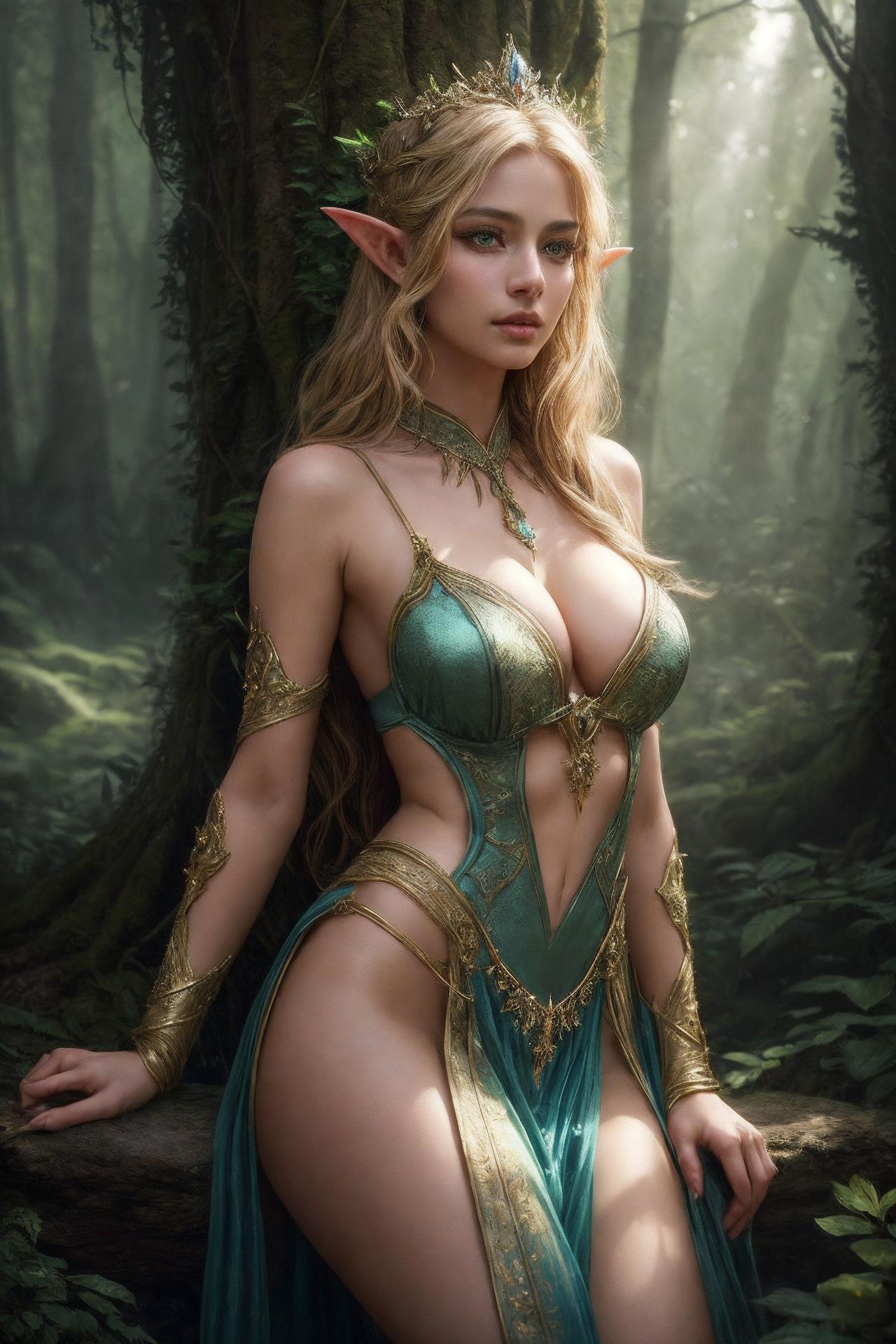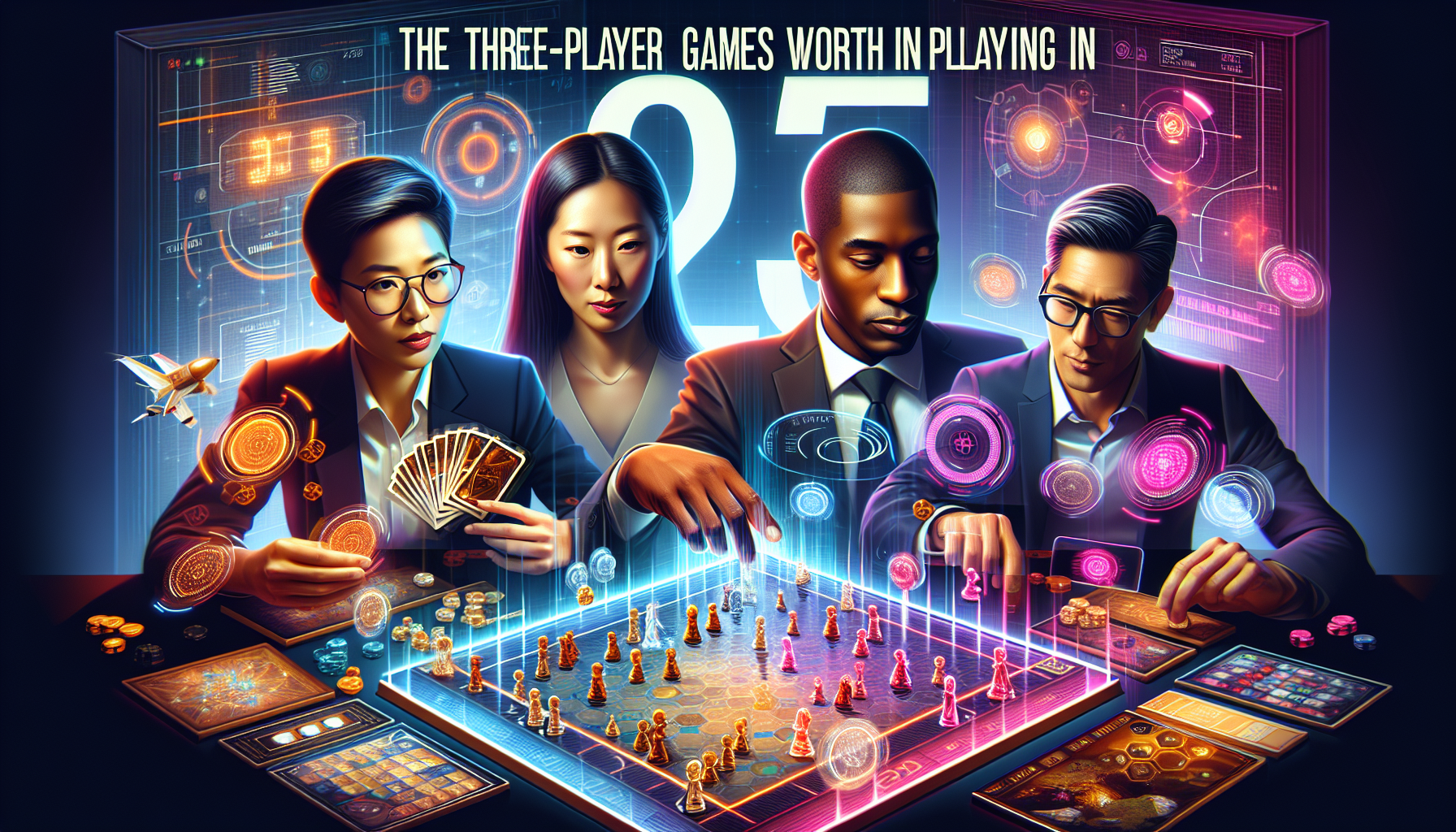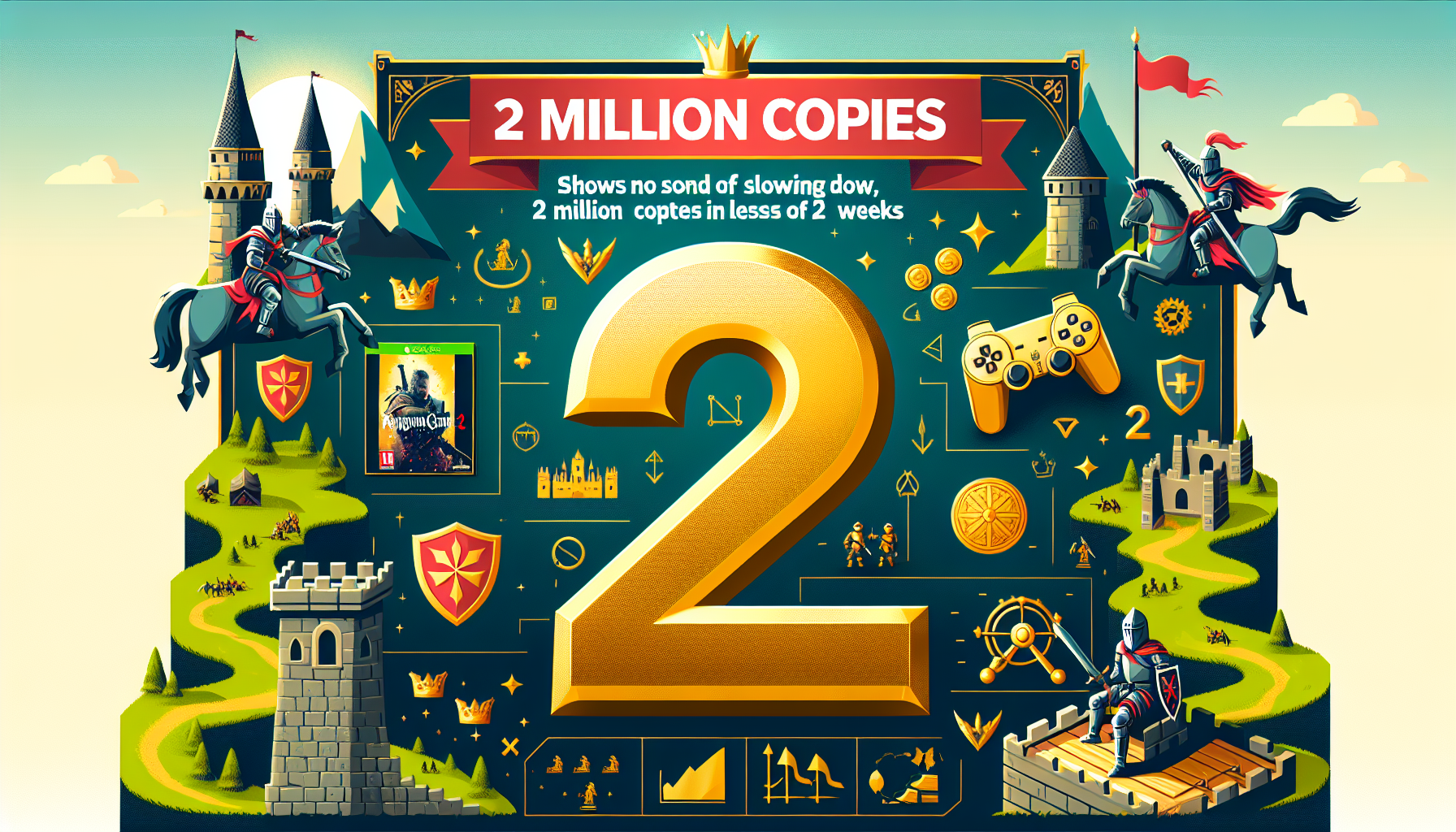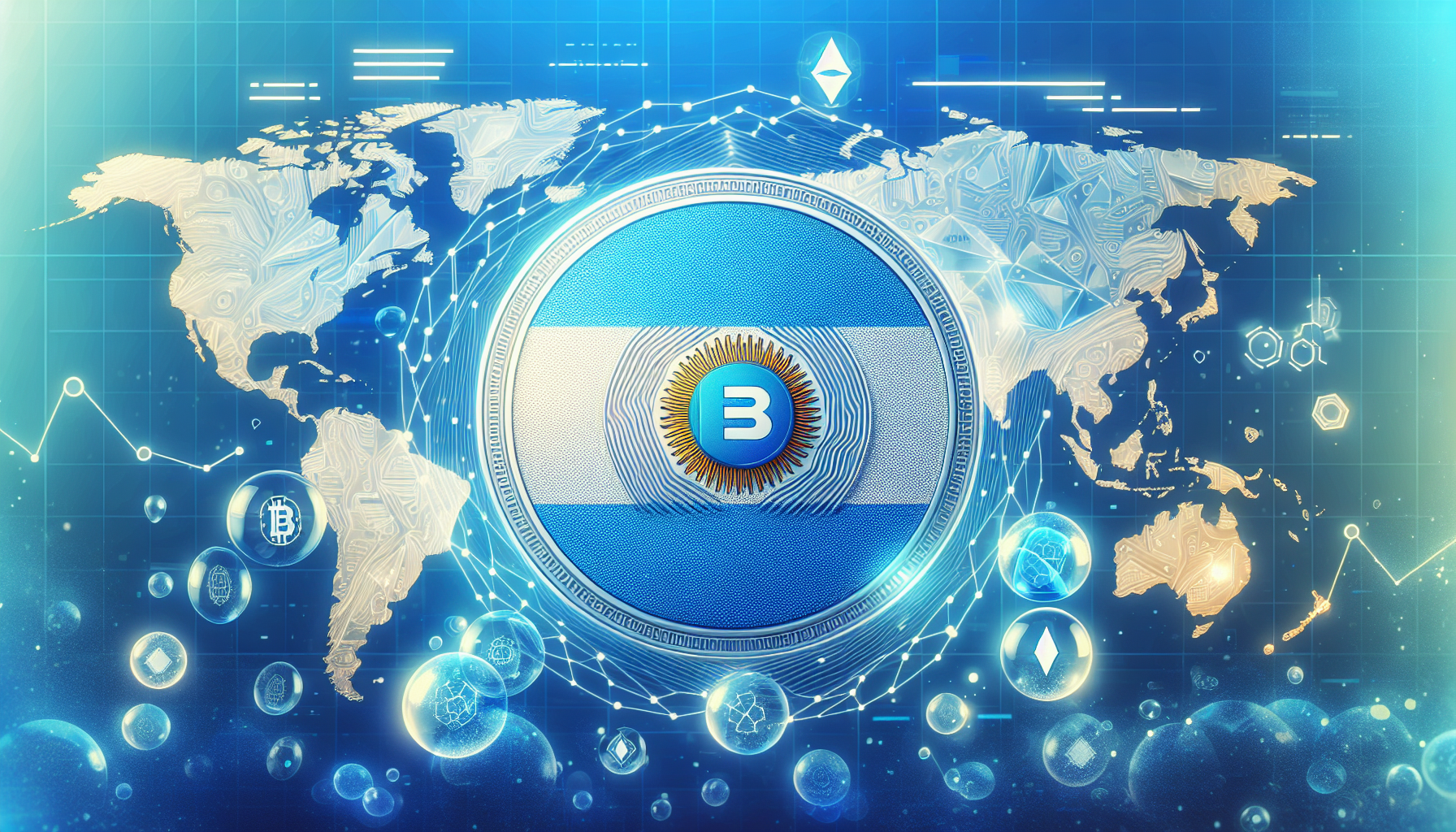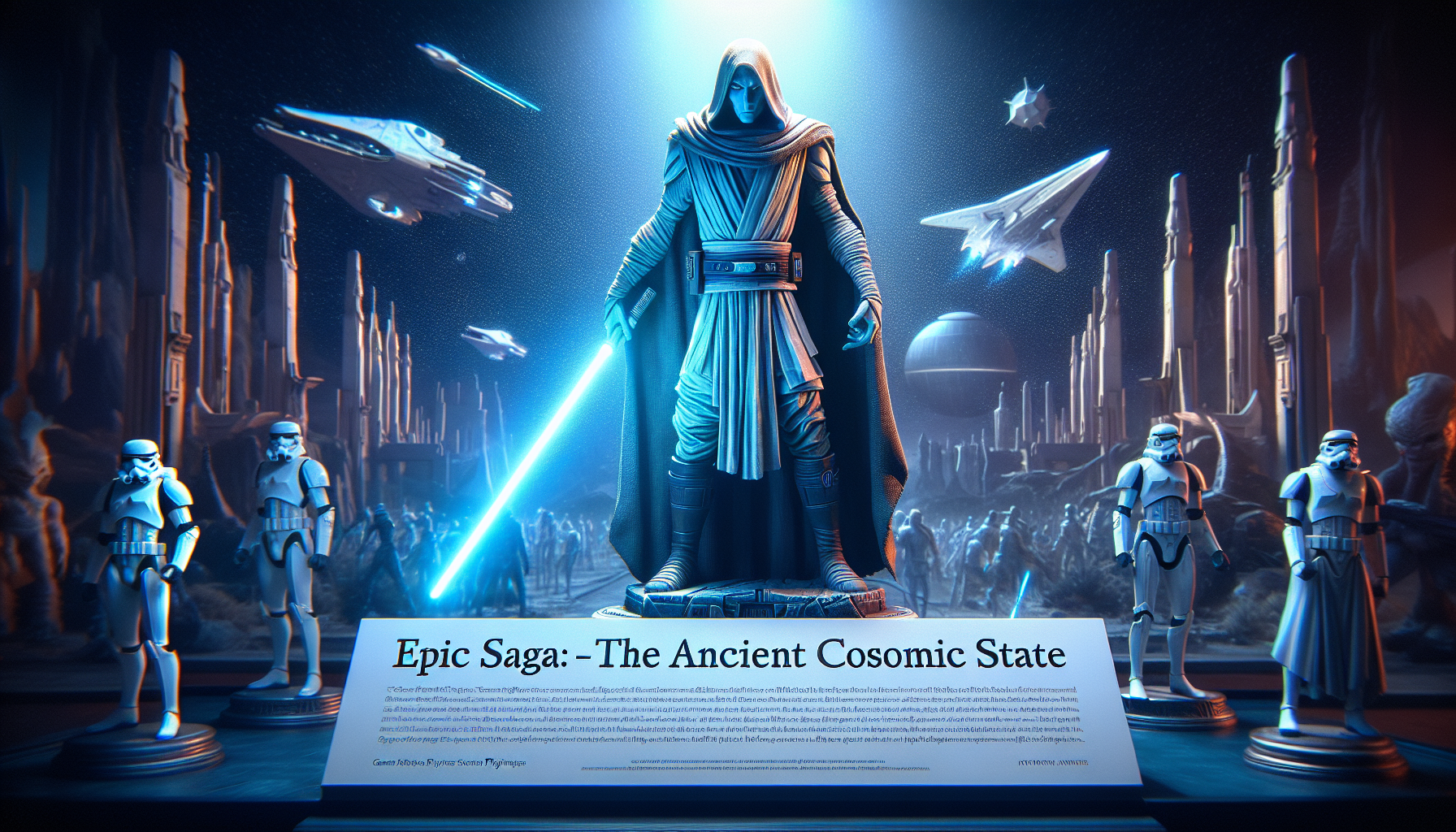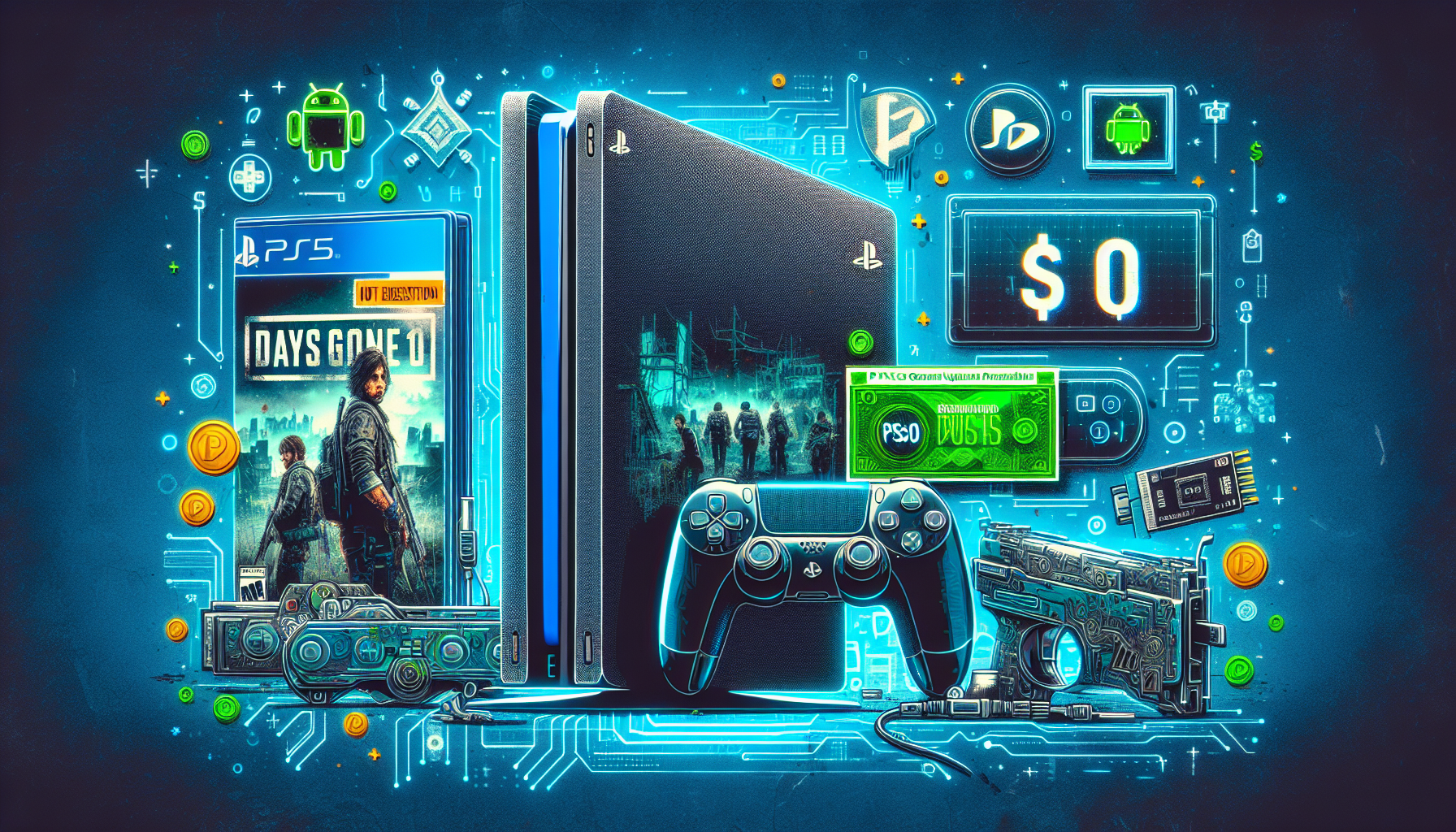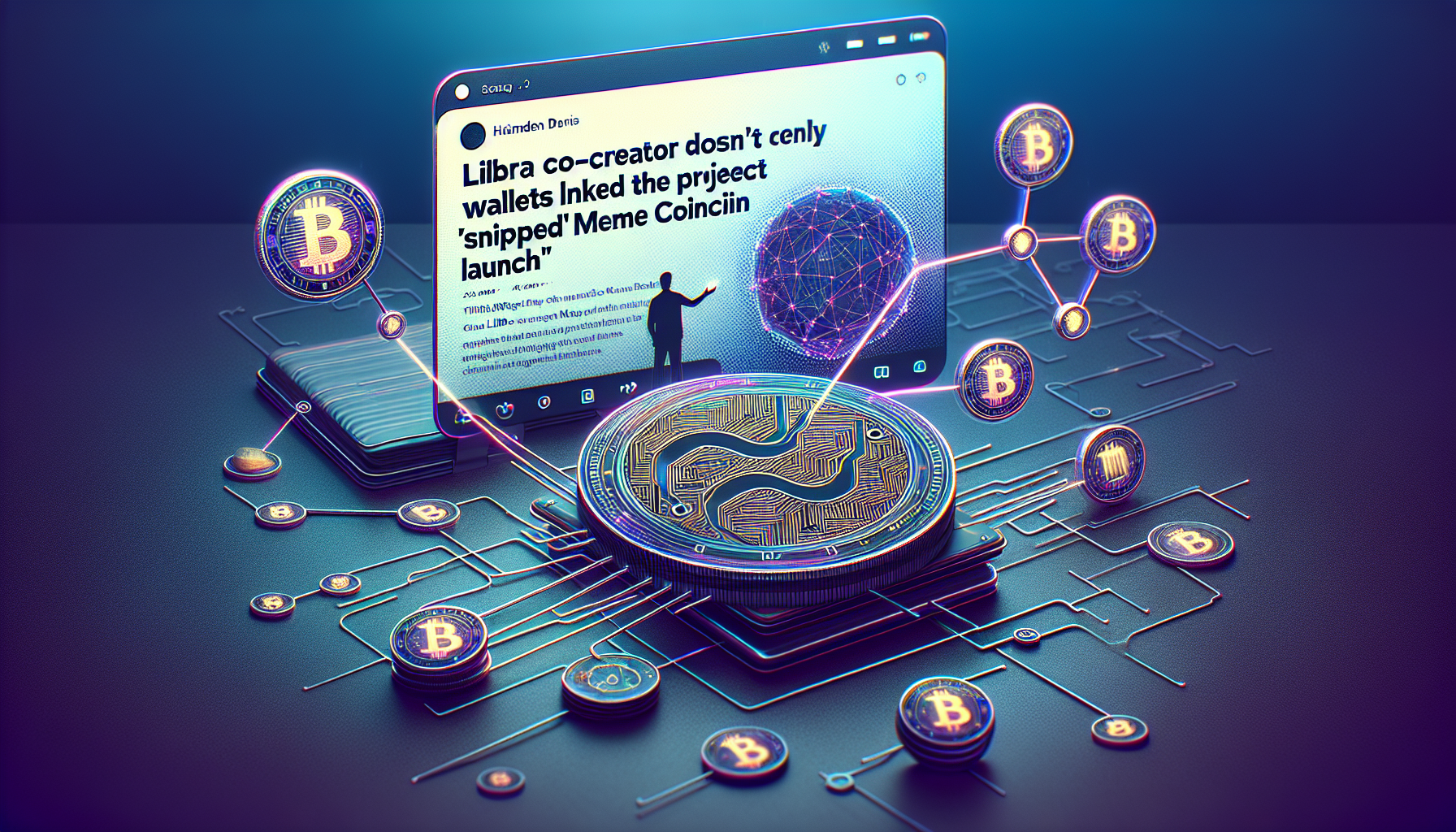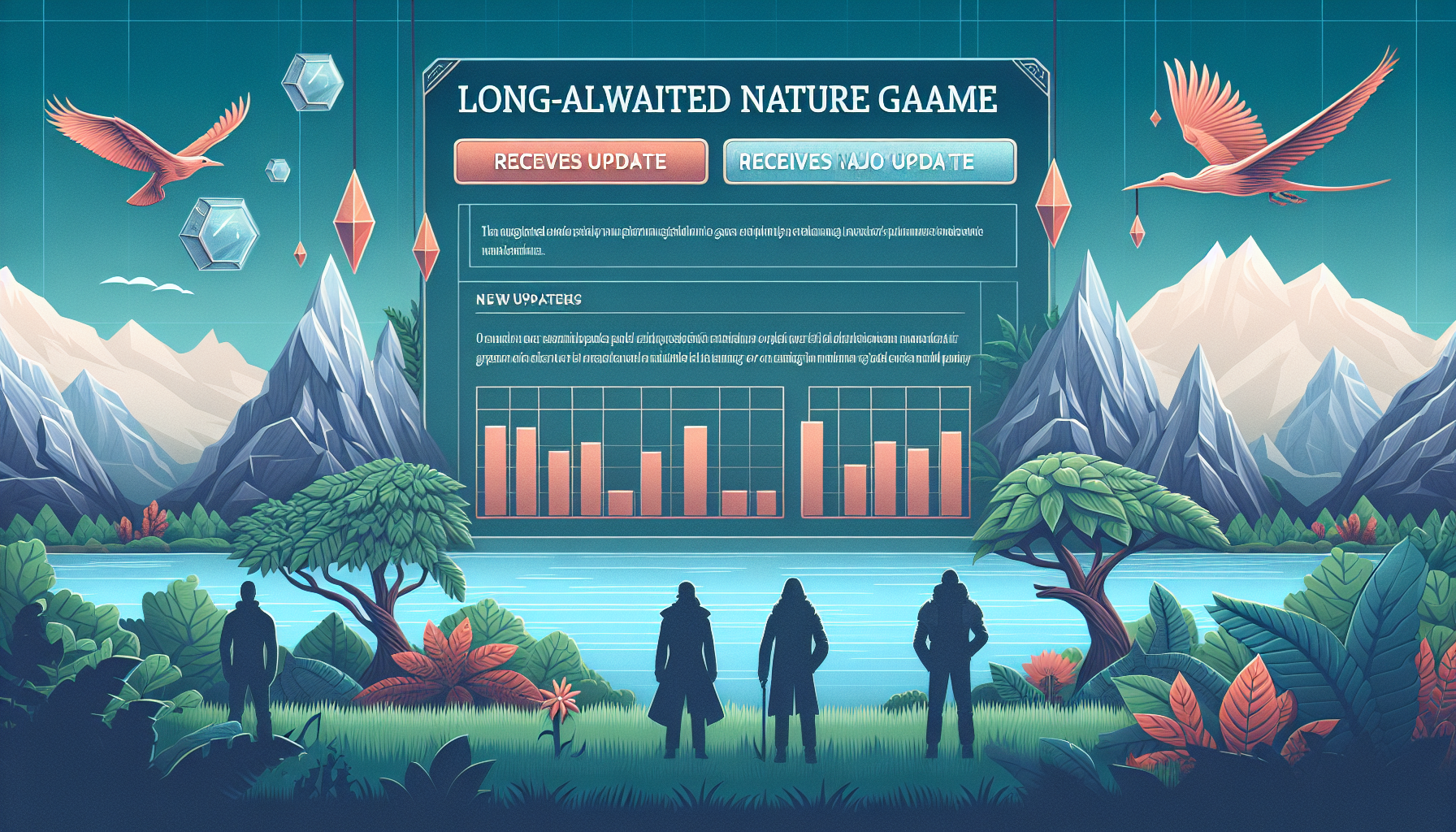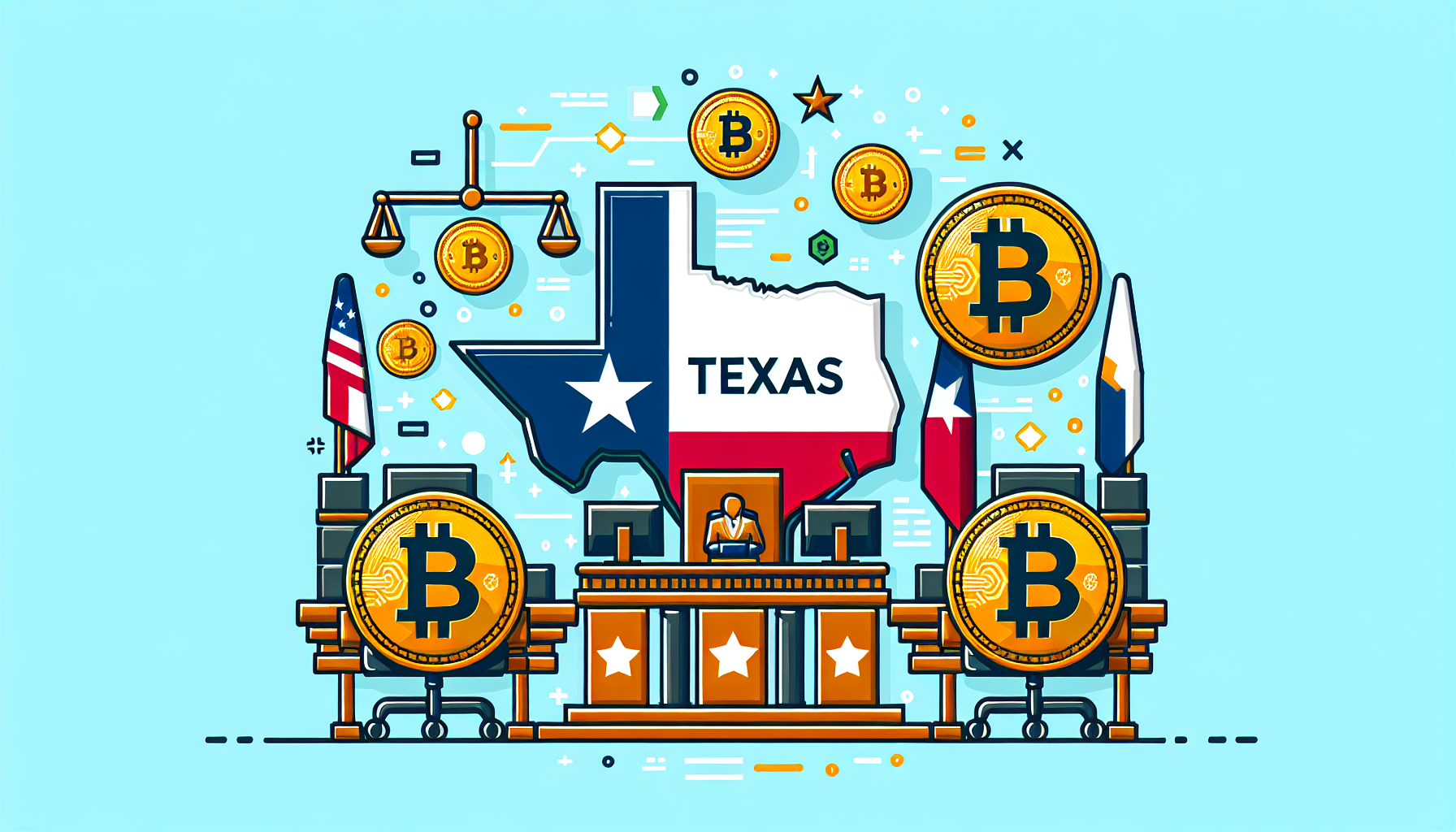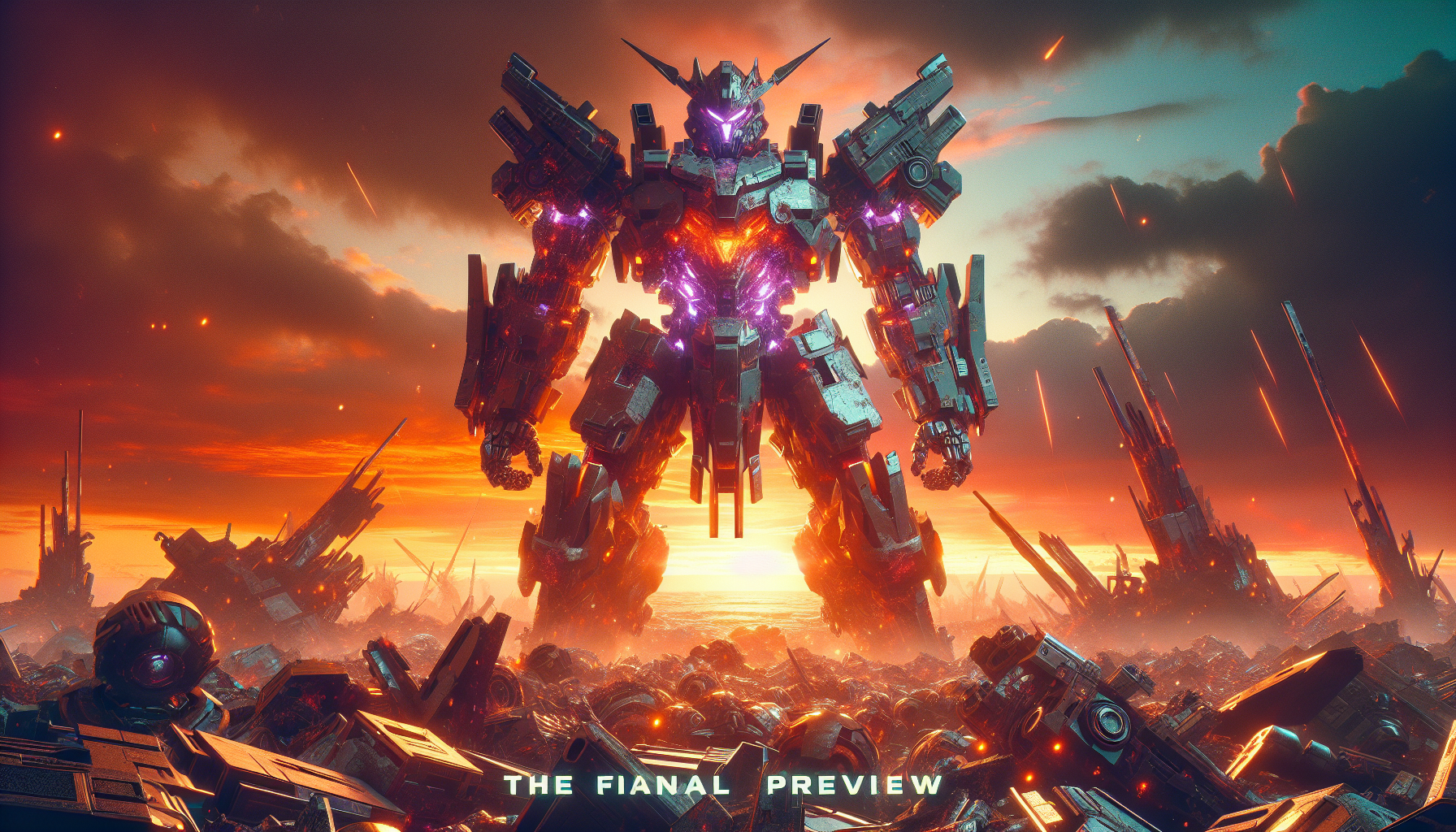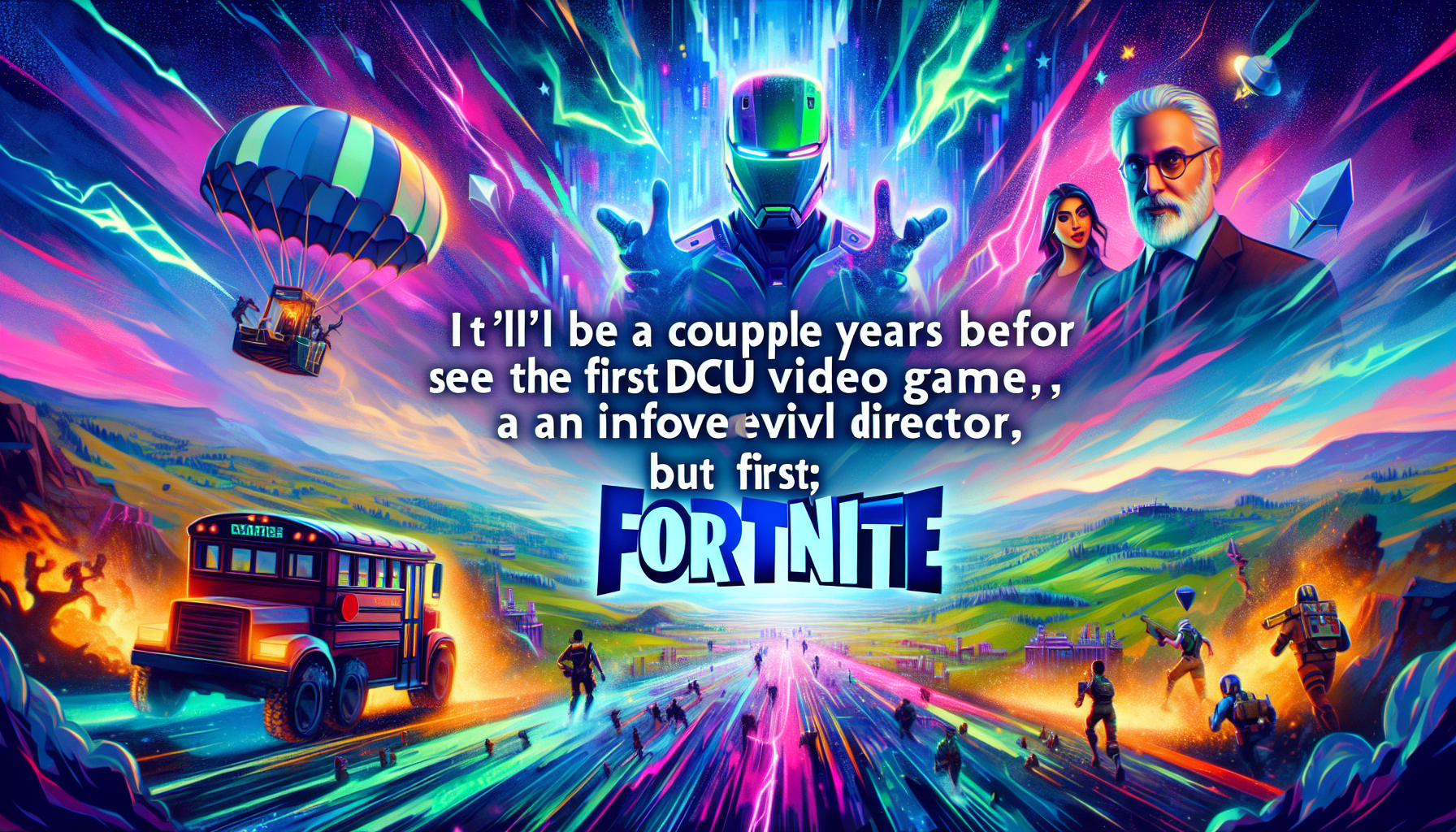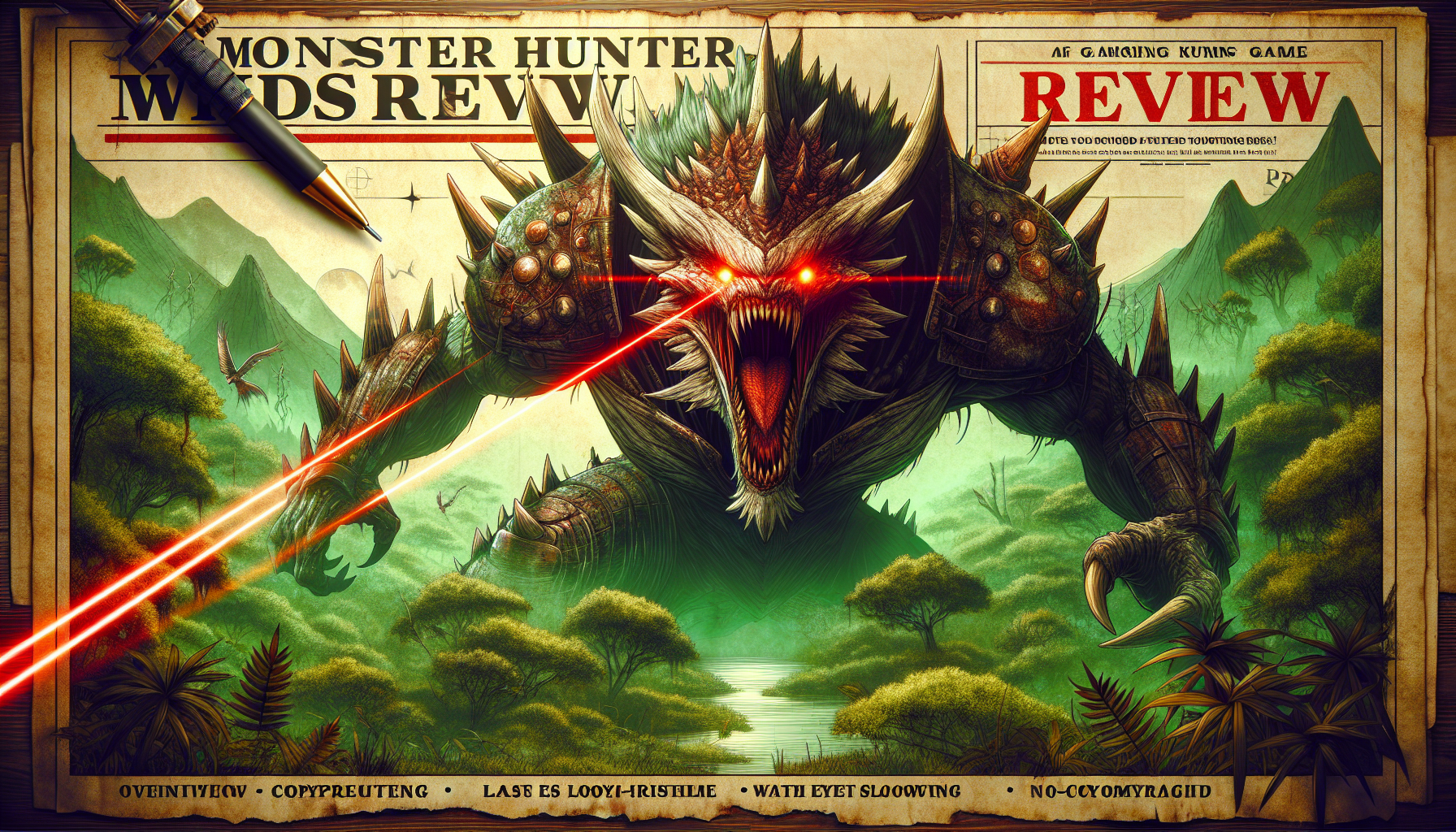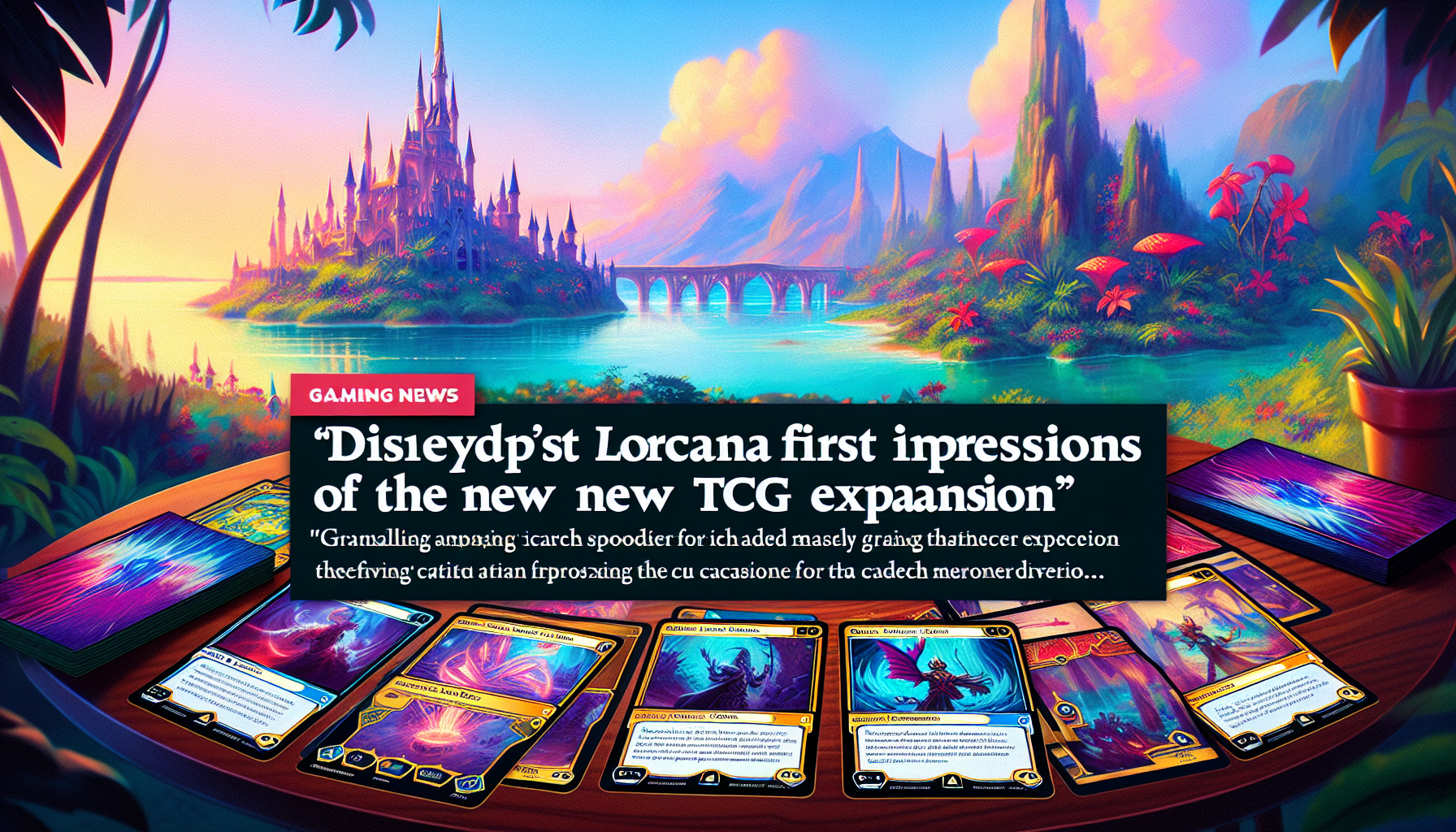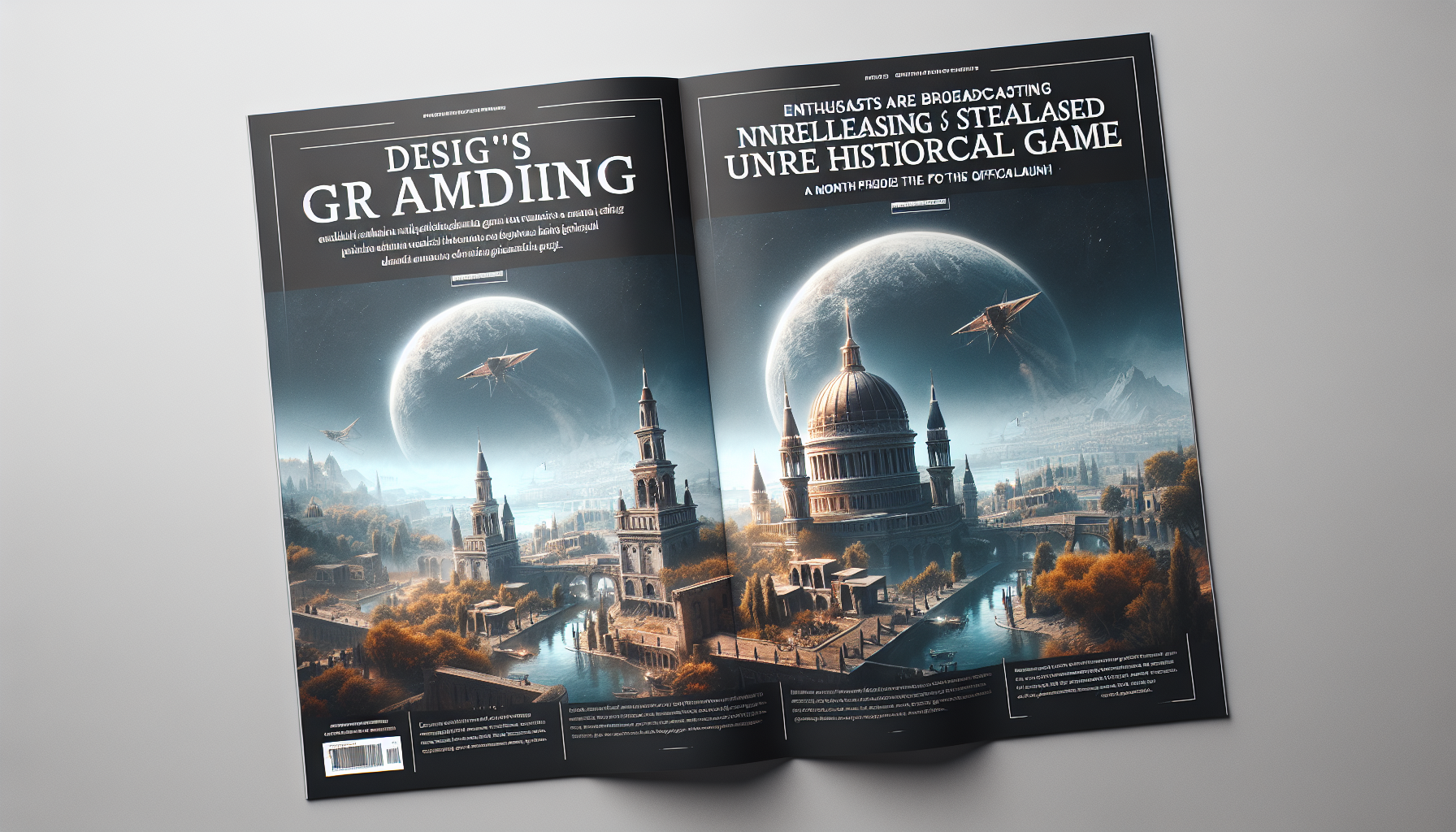# The Impact of Mobile Gaming on Anime Storytelling: A Dynamic Evolution
In recent years, the worlds of **anime** and **mobile gaming** have increasingly intersected, leading to a fascinating storytelling synergy that has transformed both mediums. What began as a simple convergence of popular culture has grown into a full-fledged phenomenon, where the influence of **mobile gaming mechanics**, design philosophies, and user engagement strategies are reshaping the very way anime stories are told. But how exactly is this dynamic evolution happening, and what does it mean for our future entertainment experiences? In this article, we’ll explore the profound **impact of mobile gaming** on **anime storytelling**, delving into the innovations that are redefining both mediums.
## **1. A Parallel Growth Path: Rise of Mobile Gaming and Anime**
Before delving into its effects on anime, it’s crucial to understand why mobile gaming has been such a dominant force in entertainment. Owning to the **proliferation of smartphones** and the accessibility of casual gaming, mobile gaming has seen exponential growth, surpassing console and PC gaming revenues combined in many global markets. Likewise, **anime** has seen a significant boom on the international stage, amplified by **global streaming services** and increasing accessibility beyond Japan. This shared ascent laid the groundwork for cross-pollination between the two spheres.
As mobile gaming established itself with massive franchises like **Genshin Impact**, **Fate/Grand Order**, and **Arknights**, many developers were quick to incorporate anime-inspired visuals, storytelling tropes, and characters. The reverse was true as well; anime began to embrace game mechanics in its storytelling structure. This has led to anime series that feel more interactive and somewhat mimetic of the mobile gaming experience.
### **The New Frontier for Synergistic Narratives**
One of the key shared pillars between mobile games and anime is **storytelling**. As anime creators began to realize the potential of narrative-based games, they integrated them gradually into how stories are told, often blurring the line between a passive viewing experience and a more participatory, game-like interaction.
## **2. Gacha Games and Their Influence on Story Arcs and Character Development**
Perhaps one of the most prominent impacts of mobile gaming on anime storytelling is rooted in the success of **gacha games**. Popularized by mobile titles such as **Genshin Impact** and **Fate/Grand Order**, gacha games have a simple premise: players collect characters or items through randomized draws using in-game currency. Fans develop emotional investments in their favorite characters, and these gacha-based characters often come with unique backstories, personalities, and motivations.
This **character-centric storytelling** strategy has bled into anime, especially in action or fantasy genres. Some of the modern **“ensemble cast”** anime formats reflect this influence, where each episode or arc focuses on specific characters, showcasing their distinct skills and stories — much the same way gacha games introduce players to important in-game personas. **Fate/Grand Order**, for instance, generated not only one of the world’s most successful mobile games but also multiple anime adaptations that reflect the intricacies of its characters’ lore.
Furthermore, this character-driven approach allows for more **merchandising** and spin-offs, similar to how mobile games continuously release updates with new characters or skins to prolong engagement.
### **Case Study: Fate/Grand Order**
The **Fate/Grand Order** mobile game has had a significant influence on the storytelling style of modern anime. The game’s narratives are divided into distinct “singularities” or worlds, each with its own self-contained plot and historical context, where characters from different mythologies interact. This structure mirrors similar storytelling techniques in newer anime, where multi-leveled worlds, character crossovers, and historical rewritings make anime feel like game “events” where exciting things unfold in different stages.
## **3. Non-Linear Storytelling and Episodic Freedom in Anime**
Mobile gaming has popularized the notion of **non-linear storytelling**. In many games, players can tackle objectives or stages in different orders without significant influence on the overarching plot. This approach has bled into **anime storytelling**, allowing for episodic freedom in some series. Anime now takes more liberty with the chronological flow of events, relying on **flashbacks**, **side-quests**, and **alternate timelines** to extend interest.
A prime example of such cross-pollination can be seen in anime like **Re:Zero – Starting Life in Another World**, where multiple play-through-like scenarios unfold each time Subaru dies and respawns. The constant loop echoes the idea of resurrection or retries stagnantly associated with mobile games.
Additionally, mobile game plot structures typically revolve around **freemium models**, where major events happen periodically (often in time-limited updates) — and this gives rise to “event-based anime.”
### **Supporting Example: Sword Art Online: Alicization**
**Sword Art Online** has been one of the flagbearers for merging the aesthetics of gaming and anime. Its **Alicization** arc draws on the virtual world-building capability made famous by mobile gaming. The episodic freedom in jumping “levels” or “quests” symbolizes modern storytelling’s break from rigid, straight-forward plots, borrowing the sense of exploration from massive multiplayer online mobile games.
## **4. Expanding User Participation: Interactive Anime Experiences**
With the advent of **augmented reality (AR)** and **interactive storytelling** tools in mobile gaming, viewer expectations have shifted. Increasingly, anime is looking for ways to incorporate more interactive experiences, such as video games or companion apps, giving users a chance to influence narrative outcomes. This effectively blurs the lines not only between gaming and anime but between passive and active forms of entertainment.
A notable example can be found with **Yuki Yuna is a Hero: Memory of the Forest**, a mobile game that directly interacts with anime’s timeline. Choices and strategies in the game impact storylines within the anime’s ongoing plot development or character progression.
## **5. Monetization Models: Cross-Media Integration**
Mobile games have long utilized **in-app purchases** and **gacha mechanics** to generate revenue. As game-inspired anime becomes more popular, anime studios find themselves following a similar direction for monetization. Anime adaptations of games—such as **Princess Connect! Re: Dive** and the **Azur Lane** series—often come packaged with promotional trailers, physical merch, or easy ways to transition from watching back to playing **companion mobile games**.
The result is an integrated ecosystem where users can seamlessly switch from consuming media in an anime format to participating directly again through mobile gaming, thus extending both products’ shelf lives and relevance.
### **Cross-Media Ecosystem: Granblue Fantasy**
Another highly relevant example is **Granblue Fantasy**, originally a mobile game before expanding into manga, anime, and a console RPG. The anime not only expanded the universe but also encouraged viewers to engage deeply with the mobile game by offering limited-time content and codes bridging anime events with special in-game campaigns.
## **6. The Future: An Evolving Relationship**
The future of anime storytelling is undoubtedly affected by the innovations and cultural trends mobile gaming introduces. Moving forward, we could see broader gamification strategies introduced within anime, personalizing and customizing storylines much like mobile games allow for character or path customizations. Additionally, **immersive technology** (e.g., VR or AR) could further blur the lines between anime worlds and game mechanics, enabling fans to engage with their favorite characters and narratives in revolutionary ways.
### Final Thoughts
In conclusion, the impact of mobile gaming on anime storytelling is immense and shows no signs of slowing down. From character-centric plots, non-linear narratives, and episodic freedom to interactive experiences and integrated monetization models, the synergy has brought us closer to new realms of immersive and collaborative storytelling. As **anime fans** and **gamers** alike forge deeper connections with their favorite worlds, these interconnected mediums will continue to evolve together, offering increasingly rich, dynamic content that feels both personal and expansive.
—
With the exciting cross-pollination of **mobile gaming and anime**, we can expect to witness an endless parade of creative, experimental, and groundbreaking storytelling techniques. Prepare for a future where **anime** might just borrow even more from the virtual worlds of our mobile screens—enhancing narrative engagement like never before.
—
By blending character-driven storytelling, interactive engagement, and non-linear narrative models, mobile gaming has paved the way for a **new era in anime storytelling**—one where fans are not just passive viewers but active, connected participants.
### **Keywords:**
Mobile Gaming, Anime Storytelling, Gacha Games, Fate/Grand Order, Genshin Impact, Interactive Anime, Sword Art Online, Cross-Media Ecosystem, Mobile Game Narratives, Augmented Reality, Non-linear Storytelling, Anime Trends, Gaming Mechanisms in Anime

